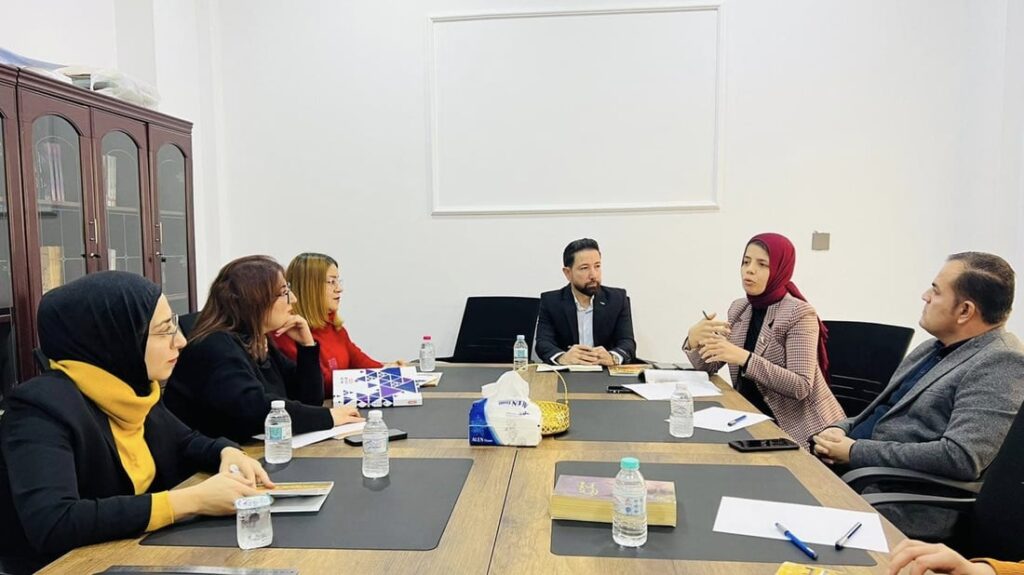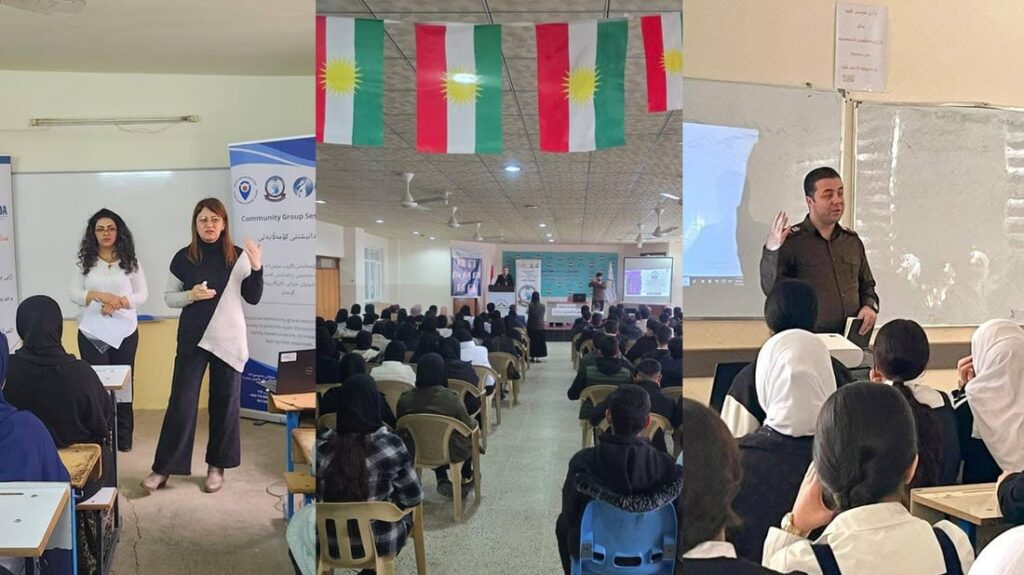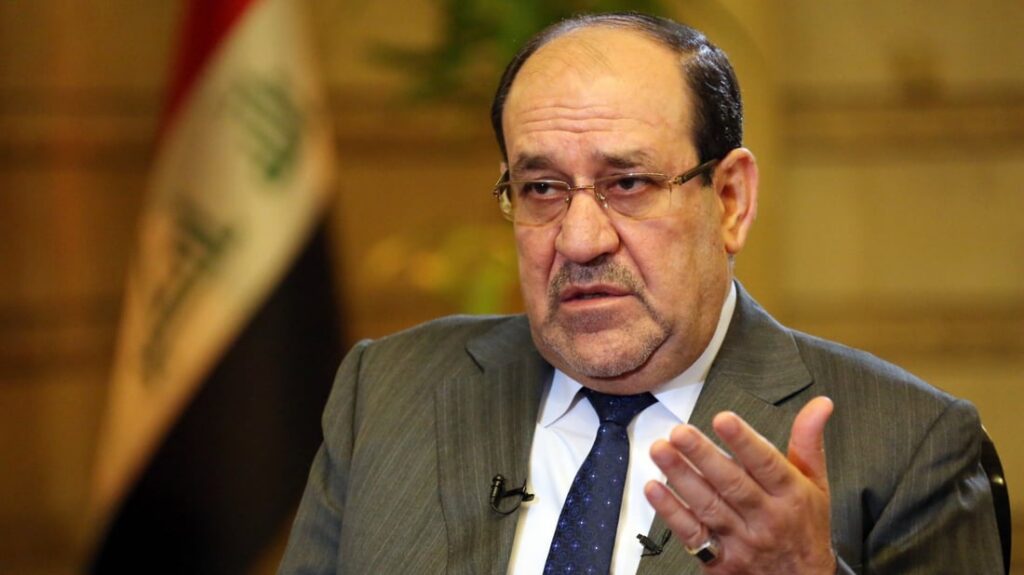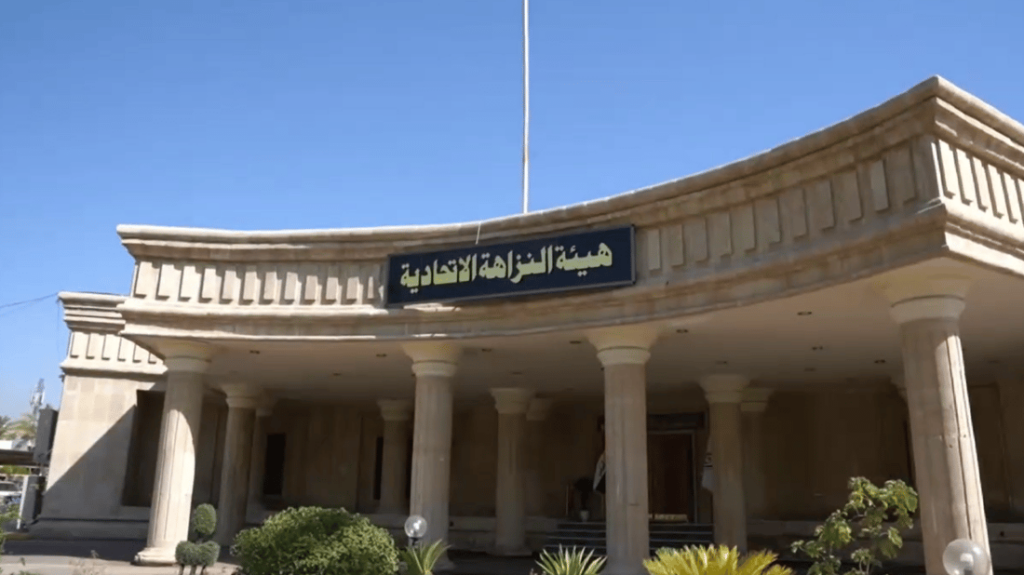Syrian Arab Republic: Syria ǀ Flash Update #11, Humanitarian impact of the military operation in north-eastern Syria, 29 - 31 October 2019
Highlights
• On 29 October, the 150-hour period referred to in the 22 October Memorandum of Understanding ended. Despite this, clashes continued between the Syrian Democratic Forces (SDF) and Syrian National Army (SNA) close to the M4 highway between Ain al-Arab and Ein Issa, as well as in southern Ras al-Ain displacing around 11,340 individuals from villages in Tal Tamr towards Al-Hasakeh city.
• Several civilian casualties occurred as a result of vehicle-borne improvised explosive devices (VBIED) in SDF and SNA-held areas including AlHasakeh city, Afrin and northern Aleppo. On 2 November, a VBIED in Tal Abyad reportedly killed 14 people and injured 20, many of them civilians.
• On 29 October, hostilities again damaged Alouk water station. Despite a number of attempts, repair and maintenance teams have been unable to reach the station due to fighting in the area and no water has been pumped to Al-Hasakeh city from Alouk since then. Around 460,000 people in Al-Hasakeh city and surrounding areas are dependent on the station for their water supply.
• Ongoing hostilities have damaged civilian infrastructure. Education partners report that 20 schools in Ras al-Ain were destroyed out of 150 schools in the district.
• Since the start of the crisis on 9 October, there has been an approximate 20 per cent increase in food prices in AlHasakeh governorate with traders indicating the increase is due to many supply routes being affected, constricting supply to markets.
• The Ministry of Health (MoH) with support from partners has completed an Emergency Immunization Campaign in Al-Hasakeh, Ar-Raqqa and Aleppo governorates, vaccinating 8,477 children under 5 years in Ain al-Arab and Manbij districts.
• To date, 108,514 people, including some 45,575 children and 27,130 women of reproductive age, remain displaced from Al-Hasakeh, Ar-Raqqa and Aleppo governorates; 106,605 people returned to their places of origin. More than 40 per cent of those returning have returned to areas now under the control of Turkish Armed Forces (TAF) in Tal Abyad, Ein Issa, and Suluk sub-districts in Ar-Raqqa governorate.
• Over 13,000 Syrians have entered Iraq through informal crossing points; 74 per cent are women and children.
Contextual developments
Despite recent agreements between parties in northeast Syria pointing to a cessation of hostilities, and the SDFs’ announcement on 27 October accepting the terms of the Sochi agreement, localized fighting continued. Heavy clashes were reported between SDF and SNA forces in southern Ras al-Ain, with the SNA advancing towards Tal Tamr, displacing several thousands. Hostilities were also reported north of Ein Issa, and in Asadeh and Mabrouka. On 1 November the first joint Russian-Turkish ground patrols took place close to Darbasiyeh at a depth of seven kms (4 miles) as indicating that the terms of the Sochi agreement continue to be implemented.
Humanitarian impact
Despite challenges, humanitarian partners continue to assist people in need where access is possible. The priority remains supporting those newly displaced in collective shelters and in host communities; maintaining support to displaced people in camps and informal settlements/sites; and delivering essential services such as water and health.
Partners are scaling up assistance in response, with the Food Security Sector planning to providing blanket food rations for up to 580,000 people in Al-Hasakeh and Ar-Raqqa governorates. Essential services such as health and water are being provided. Winterization efforts have begun with distributions completed at Mahmoudli and Al Roj camps.
Population movements
As of 31 October, a total of 215,119 population movements were recorded: 108,514 people remain displaced from AlHasakeh (83,650), Ar-Raqqa (18,088) and Aleppo (6,776) governorates, while 106,605 people have returned to their areas of origin in Al-Hasakeh (50,000), Ar-Raqqa (46,500) and Aleppo (10,105) governorates.
Of those displaced, 91,721 are residing in host communities in Al-Hasakeh, Ar-Raqqa and Deir-ez-Zor governorates; the remaining 16,793 (3,697 families) are being accommodated in 79 active collective shelters in Al-Hasakeh (78) and Ar-Raqqa (one) governorates. Twenty-six collective shelters previously hosting displaced populations in Ras al-Ain (16), Al-Hasakeh (8) and Al-Malikeyyeh (2) are now empty. Almost all active collective shelters are schools, depriving at least 51,200 children of learning opportunities.
Of those returning to Ar-Raqqa governorate, 60 per cent (28,000 individuals) have returned to Tal Abyad sub-district; the remaining 18,500 have returned to Ein Issa and Suluk sub-districts, all areas under TAF control. On 29 October, an estimated 250 families returned to Ras al-Ain, although only women, children and elderly have returned for the time being, with men still undertaking ‘go and see’ visits only.
In recent days, return procedures from camps were accelerated, presumably as part of efforts to decongest existing sites. On 31 October, Camp Administration reported that 625 IDPs (103 families) in Areesha camp, including 543 IDPs (93 families) relocated from Mabrouka camp, were preparing to return to places of origin in Deir-ez-Zor governorate. On 1 November, Self Administration (SA) reportedly opened a camp in Tweina, 15km to the east of Al-Hasakeh; the site is currently hosting around 200 people (40 families) displaced from Tal Tamr in large tents. The SA reportedly intends to open another camp in Tel Samen, close to Ein Issa in Ar-Raqqa governorate to host 1,600 IDP families currently residing in informal settlements in Ar-Raqqa city. The UN is advocating to all parties that camps should only be considered as a last resort and that durable solutions for IDPs be sought instead.
People continue to arrive into Iraq (13,378 total as of 1 November), albeit at a slightly reduced rate. On 30 October, 400 Syrians reportedly returned to Syria due to freedom of movement concerns in Bardarash camp.





